I receive a lot of emails about our Ready2Read program and one of the most common questions I get asked is, “At what age can I start my child on the Ready2Read program?” That is a great question and it really depends on the individual child. Many Kindergarten teachers use Ready2Read Level 1 because it meets Common Core Standards for that specific grade level. I even have 1st grade teachers who use Level 1 to help children who are struggling readers. However, many children may be ready to learn how to read at an earlier age. I certainly don’t believe in forcing a child to learn how to read, but I also don’t believe that we should hold them back. As we are sensitive to the needs of our children and students, we can pick up clues that let us know that they are ready to start the reading journey.
Audrey, my oldest, is currently working on Level 3 of Ready2Read. Audrey LOVES this program and has done very well in her reading journey. She is my little reader and can’t seem to put her books down. Sophia, my 3 1/2 year old, has not started Ready2Read yet. I just don’t feel like Sophia is ready at this time and that is fine:) In the meantime, there are many things that we are doing to get Sophia Ready2Read and to help her get excited about reading! I wanted to share a few things that have worked for us.
#1 Read, Read, Read!
I can’t emphasize this point enough. I read to my children all the time and they LOVE it! We have hundreds of books at home and we are always visiting the library and bookstores. I started reading to my girls when they were about 3 months old. At a very early age, children learn that reading is special and children also learn to LOVE reading time. My favorite time of the day is when I snuggle up with my girls and read to them. It is definitely a time for bonding at our house! I think most children LOVE to be read to! In fact, when I taught 6th grade, sometimes I would read a chapter or two after lunch and those 6th grades LOVED it!
#2 Teaching the Alphabet and Letter Sounds Together
When children learn the names of a specific animal, we also teach them the sound that the animal makes. For example, we may have the following conversation with a child:
Parent/Teacher: “What animal is this?”
Child: “Lion”
Parent/Teacher: “Yes, this is a lion! What does a lion say?”
Child: “Roar!”
Parent/Teacher: Yes! The lion says Roar!”
I apply the same rule and conversation when teaching children letters and their sounds. I strongly believe that they should be taught together. I use and create a lot of different resources that help teach letters and their sounds because this is such an important component in learning how to read. There is also a FANTASTIC video called, Leapfrog Letter Factory and you can get it at Target, Walmart or just about anywhere. This video has really helped lay a strong foundation and has been fun for the girls! We love to sing the song in the car,
#3 Teaching Beginning Sounds
Once a child learns that letters make sounds, you can start teaching beginning sounds. It becomes a game and even a 2 or 3 year old can pick up on this very quickly! For example, we point to the dog and say, “What is that? What does it start with?” Sophia will see the dog and say, “Dog! /d/, /d/ dog!” We started “playing” this game when Sophia was about 2 1/2 years old. We have practiced this concept over and over for several months now and she is a professional! This simple activity will really help boost confidence when children start the reading journey. Mastery of this simple task will ensure that kids are not struggling to remember the sound that a letter makes when it comes time to reading simple CVC words.
#4 Segmenting Words (Phonics and Phonemic Awareness)
This is actually a skill that is specifically taught in preschool and/or kindergarten. Children can learn that words can be broken down into individual sounds. Practicing and mastering this skill helps with both reading and spelling. Another game that we play is breaking down words into individual sounds, but we only do it orally as this stage. We start by practicing and mastering beginning sounds and then move on to each sound we hear in a word. For example, the child may know that dog begins with the letter D, so now we are able to break that down further and teach that the word dog has 3 separate sounds /d/…./o/…./g/…dog! My 3 year old has also mastered this skill, which lets me know that she is getting very close to starting our Ready2Read program! I know that when she actually starts the program, she will be able to read with ease and confidence.
#5 Use Hands-on Resouces
There are so many great puzzles and games that make learning letters and sounds fun! We have a lot of different resources that we use and I will save that for another post:)
Teaching a child how to read should be a wonderful experience! It is time when lightbulbs go and a child discovers the joy of being able to read! It really is a magical experience that unlocks a new world! Every child’s journey to learn how to read is going to look a little bit different, because every child is different.
Sadly, however for many children there are tears of frustration and struggles that can last a lifetime. It has been my desire to create a reading program that is FUN, hands-on and super effective! That is exactly why I created the Ready2Read program! You can read more about our Ready2Read program {HERE}.
Enter your email address:
Delivered by FeedBurner
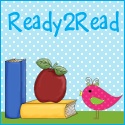
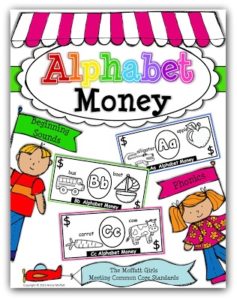
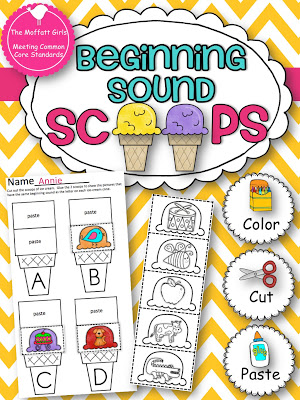
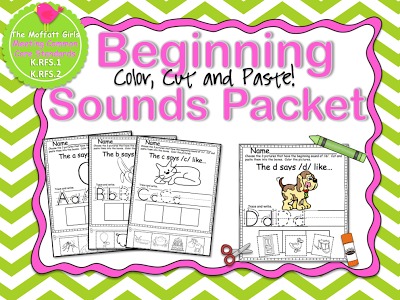
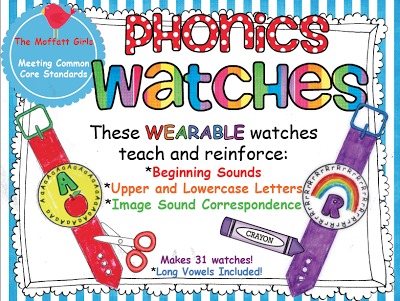
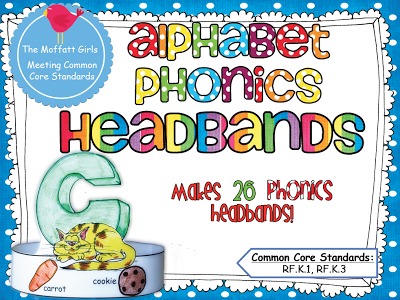
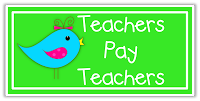

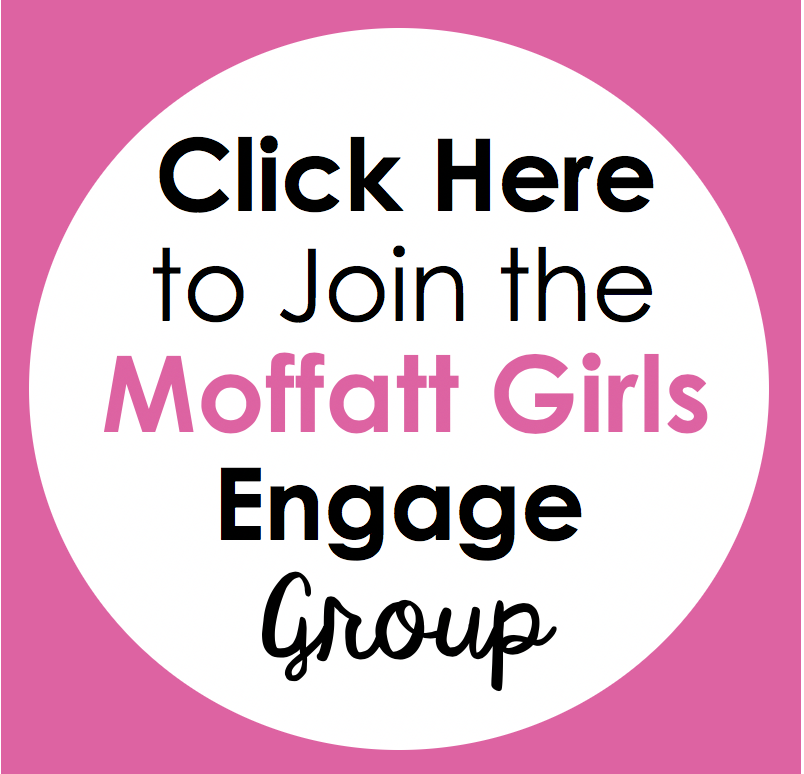
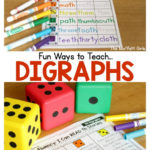
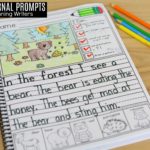
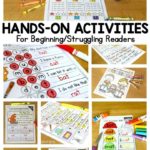
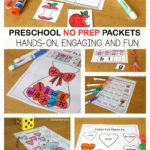


You made many good points. Reading at home and building phonemic awareness are crucial to reading success.
I bought the Unit 1 Level 1 of Ready2Read for my just over 4 year old boy. We're taking it nice & slow, very laid back along with Bob books. His favorite thing is the puzzles, and I love that there is such a variety of activities that all focus on the same sight words & word families.
I have been teaching for thirty years! Love it! I have kindergarten and transitional kindergarten in CA. I just bought the first two units for my TK kids. I totally agree with you and your great ideas. Love your blog.
Wish I could have come to the SC meet up to meet you.
I grew up in Westminster!
Tonia
Mrsvento.blogspot
AWESOME post Annie! There are so many components to literacy and all of them are important. I love that your ready2read program attends to SO MANY components of reading instruction. You're amazing. 😀
My Kinder team has recently split our kids by skill levels for a 30 min. block 3 times a week. I am working with kids that need help in stretching words. Do you have any activities that you would recommend with them?
Thank you!
Chelsea
Thank you for such a great and thorough post on reading readiness. I have triplet six year old boys and a soon to be four year old boy and they are all at different levels and interest. I'm curious how you approach journal writing and how much guidance your children get with spelling and sentence structure at these ages? Thank you again
What a fantastic job you have done!! Can't wait to read more. Thanks
Annie – everything you mentioned is so spot on. I love it. I agree that it is so important to read to our kids and yes I read to my kids as babies too and sang to them when they were in my tummy. Poor things…LOL It was so fun talking at the meet up. (HUGS)
Vicky
Traditions, Laughter and Happily Ever After